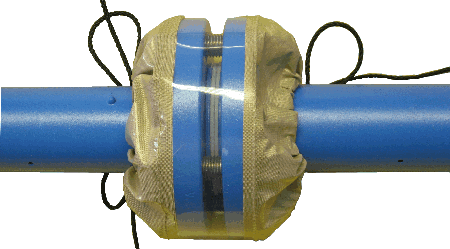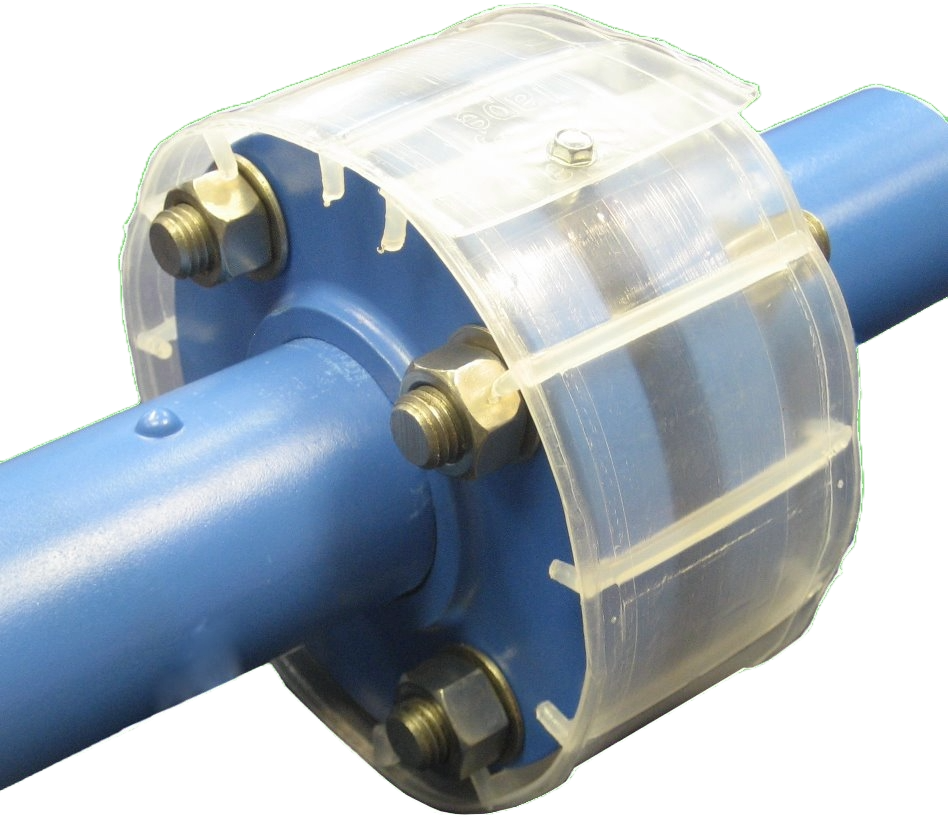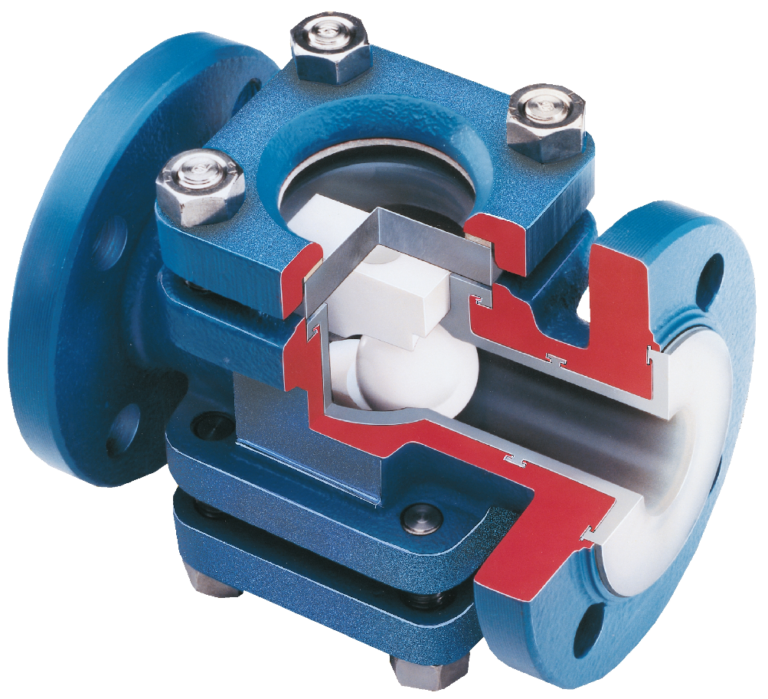Plug valves operate using a conically tapered plug with a bored passage that rotates to permit or block flow. This simple yet effective design makes them a popular choice for handling aggressive chemicals and challenging process conditions.
At CRP, our range includes PFA-lined plug valves in the T4 series, offering exceptional corrosion resistance, and the G4 valve, which is available in a wide variety of body and plug material combinations to suit specific chemical applications. Both options deliver reliable performance and ease of maintenance.
Why Choose Plug Valves?
Plug valves are particularly well-suited for handling slurries, pastes, and viscous fluids thanks to their robust design and large sealing areas. Their simple construction means fewer parts, which translates to easier maintenance and reduced downtime. One of the key advantages is the ability to reseal the valve inline through a quick stem adjustment, eliminating the need for removal from the pipeline. CRP also stocks a comprehensive range of spare parts to maintain and repair plug valves, extending their service life and reducing total cost of ownership.
What differences do Plug Valves and Ball Valves have and how does this effect their application?
When selecting the correct valve for your application it’s important to compare its key advantages to other options. Both plug valves and ball valves are quarter-turn valves designed for on/off control, but they excel in different areas. Plug valves often provide better sealing capabilities than similar-sized ball valves due to their larger sealing surfaces. They also offer features such as inline adjustment and compatibility with enhancements like heating jackets and specialised plugs for flow control. This makes them ideal for applications involving slurries, viscous fluids, or processes requiring frequent resealing. The downside of the design is that it requires higher turning torques. As a result, these valves are harder to operate manually than a ball valve and if they need to be automated, they will require larger, more costly actuators.
Ball valves, on the other hand, are generally more cost-effective for standard pressure applications and are widely used for clean fluids where tight shut-off and low-pressure drop are priorities. Their design typically requires less maintenance and offers excellent sealing for high-pressure and high-temperature services.
In short, plug valves are the preferred choice for demanding chemical environments and complex applications, while ball valves remain a practical solution for simpler, cost-effective duties.
CRP’s Plug Valve Range
CRP offers a comprehensive selection of plug valves to meet diverse process requirements.
T4E plug valve: features a ductile iron or cast steel body with a PFA fluoropolymer lining, and the plug is fully encapsulated in PFA for maximum corrosion resistance against harsh chemicals.
G4 metallic sleeved plug valve: is available in sizes from ½” NB up to 18” NB with a wide range of body and plug materials.
G4E Europa metallic sleeved plug valve: provides exceptional sealing performance with its large PTFE sleeve and is suitable for pressures up to 52.5 bar g. Sizes range from DN15 to DN150.
Mach 1 plug valve: for high-performance requirements the Mach 1 plug valve offers unique features such as lower turning torque, high working temperatures up to 274°C, easy seat replacement with minimal tools, and an ISO 5211 actuator mounting pad.
MG4 3-way metallic plug valve: provides flexibility for mixing and diverter applications, with six different flow arrangements and multiple body and plug material options.























































